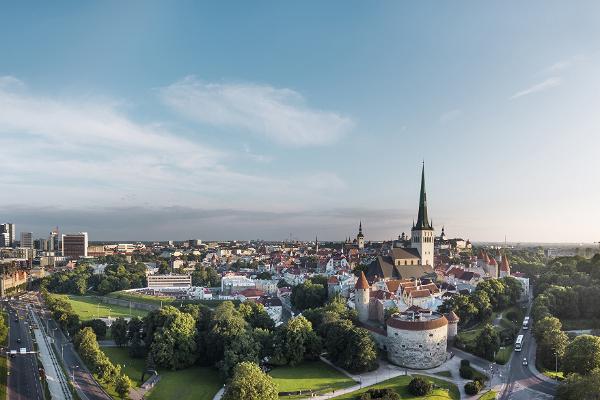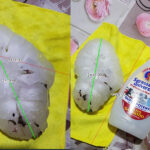Estonia, one of the three Baltic countries that are NATO members, traditionally captivates tourists with its strategic location and distinctive culture. Every year, more visitors come to Estonia to relax on the Baltic Sea coast, which is also bordered by the Gulf of Finland and the Gulf of Riga, than the country’s entire population. In addition to its natural allure, tourists are enchanted by the enchanting Estonian cities. Among them, without a doubt, the capital city – Tallinn, stands out.
Tallinn

Photo: Tallinn, Source: https://www.visittallinn.ee
Tallinn’s historical center, the Old Town, is designated as a UNESCO World Heritage site. Make sure to explore the main square with its Town Hall. If you’re fortunate enough to climb it, you’ll have a panoramic view of the entire city. Nearby, there’s an ancient pharmacy that has been operating since the 15th century. Moreover, don’t miss the Seaplane Harbour museum situated in Tallinn Bay, where you can marvel at the remarkable seaplane hangars built in 1916-1917. The highlight of the museum is the British submarine “Lembit,” constructed in the 1930s.
Tartu

Photo: Tartu, Source: https://visittartu.com
Tartu, the oldest city in Estonia, boasts a history dating back to the 5th century when a small settlement called “Tarbatu” was established. It is renowned in Europe for its university and is considered Estonia’s intellectual hub. After wandering through the splendid streets, admiring the exceptional architecture, and visiting museums, you can unwind in cozy restaurants. The most sought-after spot to visit is the Town Hall Square, built in a classical style, featuring its centerpiece – the “Kissing Students” fountain.
Parnu

Photo: Parnu, Source: https://estonianworld.com
Parnu, one of Estonia’s most renowned resort towns, is often referred to as the “summer capital” of the country. It is located on the banks of the Parnu River, which flows into the Gulf of Riga. Founded in 1251, the city has a rich history to share with its visitors. To delve into this history, take a stroll through the old town and be sure to visit the Church of St. Elizabeth, built in the mid-17th century in the Baroque style. The long sandy beach in the southern part of the city is also a favorite among tourists, providing a perfect spot to relax under umbrellas and enjoy the moderately warm sea, which warms up to 22-23 degrees.
Viljandi

Photo: Viljandi, Source: https://visitviljandi.ee
Viljandi is a small town on the shore of Lake Maardu in the southern part of the country. Its history dates back approximately 2,600 years, and many historical architectural landmarks have been preserved to this day. A must-visit spot is the ruins of the 16th-century Ordensburg Castle. Viljandi also hosts an annual festival of Estonian folk music, which is the largest music event in the country. Nature enthusiasts can revel in the beauty of the Garden of Arcadia and the park of the local Maardu Castle.
Kuressaare

Photo: Kuressaare, Source: https://www.visitestonia.com
Kuressaare is situated on the Estonian island of Saaremaa in the Baltic Sea. Originally, an ancient castle stood on the island as early as 1380, and now the town occupies its place. Kuressaare is also home to the Saaremaa Museum, considered the largest and most visited museum in Estonia. Among tourists, the local forests and lakes are particularly popular, such as Suur Laht, Karujarv, and Mullutu Laht. Moreover, over 80% of the plant species characteristic of Estonia can be found on Saaremaa Island, including 35 different types of orchids.
Source: The Gaze







